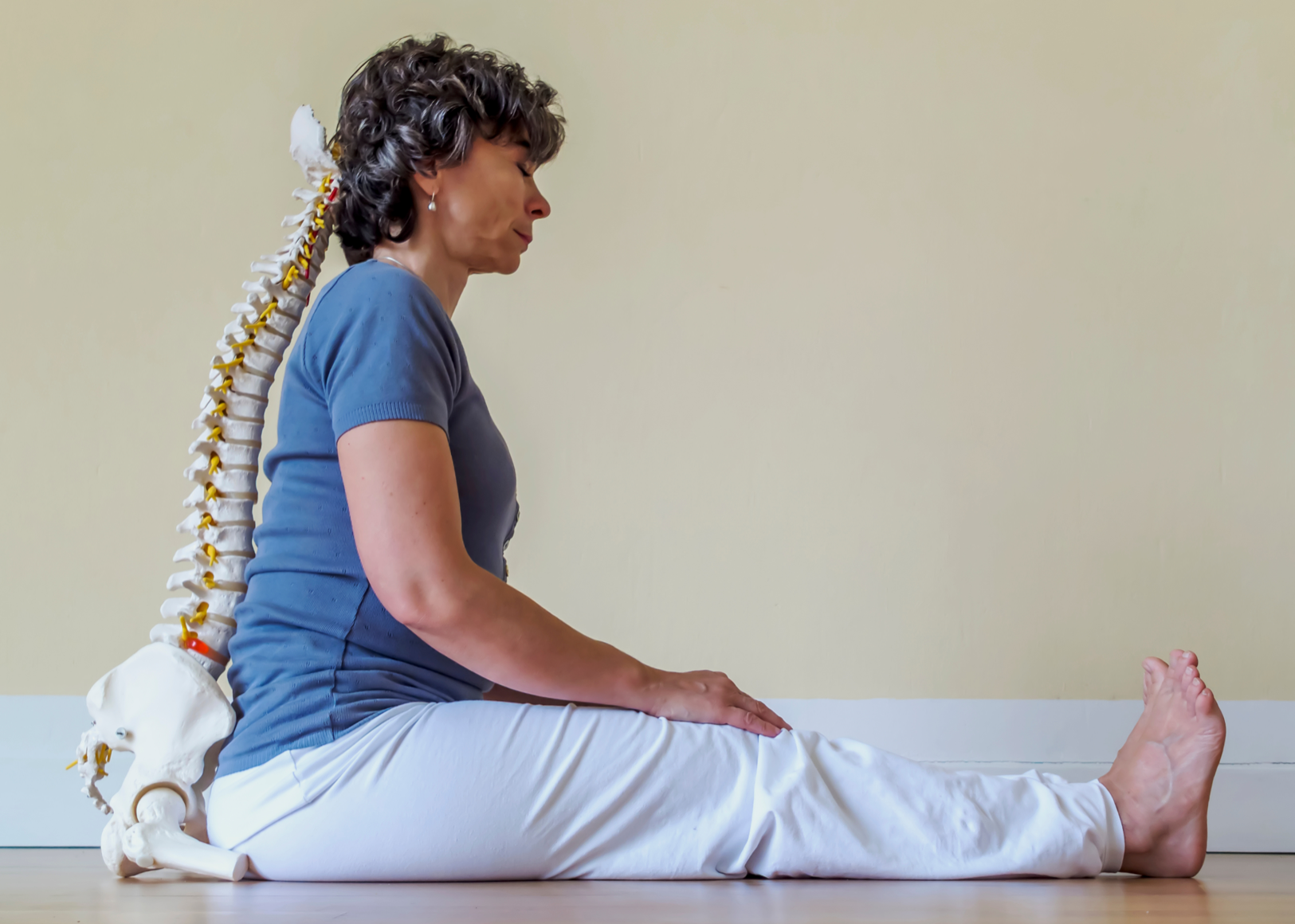Spinal Stenosis
Spinal stenosis refers to the narrowing of the spinal canal, which is the hollow space that contains the spinal cord and nerve roots. This narrowing can occur in various regions of the spine, including the cervical (neck), thoracic (mid-back), or lumbar (lower back) regions.
The most common type of spinal stenosis is lumbar spinal stenosis, which affects the lower back. It often develops due to age-related changes in the spine, such as the thickening of ligaments, the formation of bone spurs, or the bulging of intervertebral discs. These changes can reduce the space within the spinal canal, compressing the spinal cord or nerve roots.
Symptoms of spinal stenosis can vary depending on the location and severity of the narrowing. In the lumbar region, common symptoms include back pain, numbness, tingling, or weakness in the legs and buttocks. Walking or standing for prolonged periods may exacerbate the symptoms, while sitting or leaning forward may bring relief. In severe cases, bowel or bladder dysfunction may occur.
In the cervical region, spinal stenosis can cause neck pain and symptoms that radiate into the shoulders, arms, and hands. Numbness, tingling, and weakness may also be present. In some cases, spinal stenosis in the thoracic region can cause symptoms like back pain, difficulty with balance, or problems with bowel or bladder control.
Diagnosing spinal stenosis typically involves a combination of medical history evaluation, physical examination, and imaging tests such as X-rays, MRI, or CT scans. Treatment options may vary depending on the severity of symptoms and the impact on daily life. Conservative measures may include pain medication, physical therapy, exercises to improve flexibility and strength, and assistive devices such as braces or canes.
In cases where conservative treatments are ineffective, surgery may be considered to alleviate pressure on the affected nerves or spinal cord. Surgical procedures for spinal stenosis may involve decompression, such as laminectomy or foraminotomy, and in some cases, spinal fusion to stabilize the spine.
Suppose you suspect spinal stenosis or are experiencing related symptoms. Consulting with a healthcare professional, such as a spine specialist or orthopedic surgeon, is vital for an accurate diagnosis and appropriate treatment options based on your specific condition.

